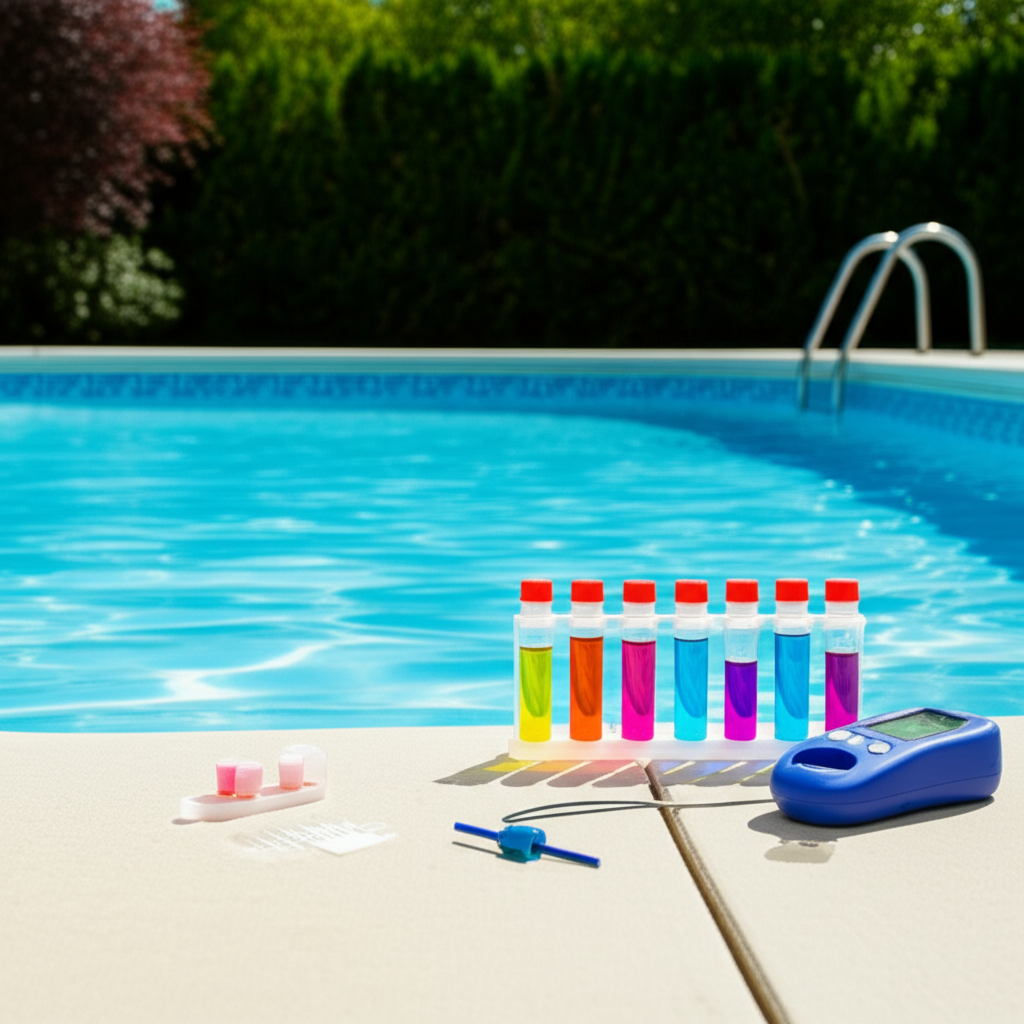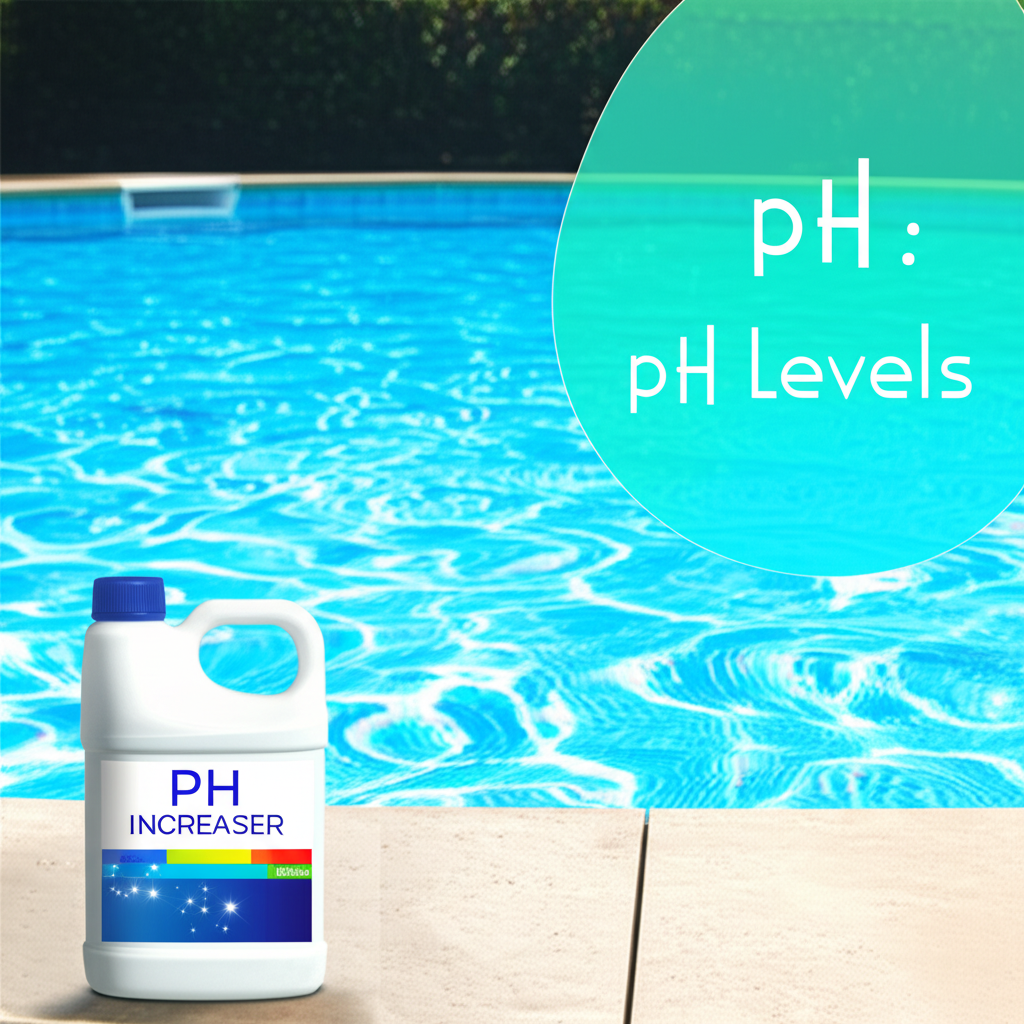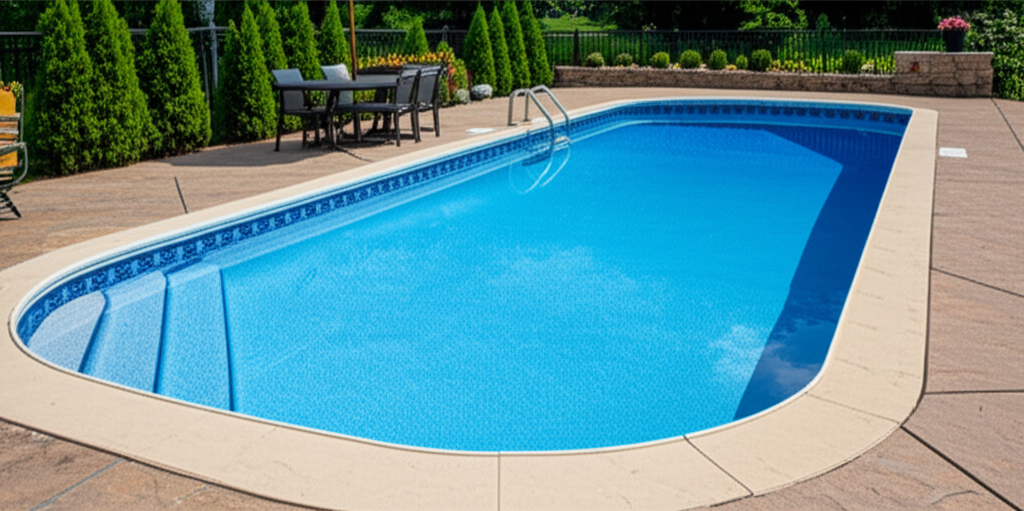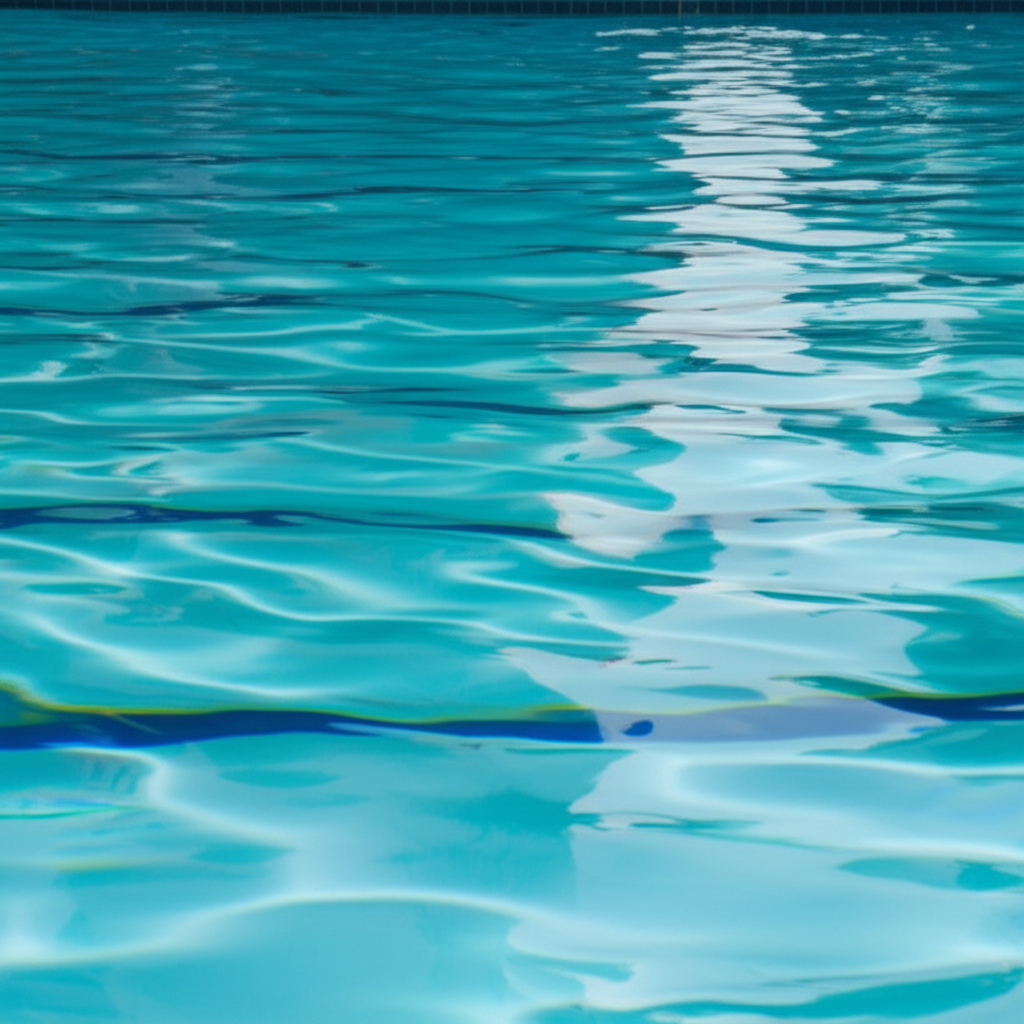- Understanding pH and Your Pool
- Decoding Your Pool's pH Levels
- Adjusting Your Pool pH: The Balancing Act
- When Pool pH is Too Low (Acidic)
- When Pool pH is Too High (Alkaline)
- Beyond pH: The Interplay with Total Alkalinity
- Maintaining Consistent Balance
Pool pH is the unsung hero of a crystal-clear, comfortable, and long-lasting swimming experience. Striking the right balance isn’t just about aesthetics; it’s fundamental to swimmer comfort, the effectiveness of your sanitiser, and the longevity of your pool equipment. While it might sound technical, maintaining optimal pH levels can be an surprisingly effortless part of your routine once you understand the basics. This guide will walk you through everything you need to know about understanding, testing, and adjusting your pool’s pH for a consistently perfect swimming environment.
Understanding pH and Your Pool
pH stands for “potential of hydrogen” and is a measure of how acidic or alkaline your pool water is. The scale ranges from 0 to 14, where 7 is neutral. Anything below 7 is acidic, and anything above 7 is alkaline (or basic). For most swimming pools, the ideal pH range is 7.4 to 7.6, closely mirroring the pH of human tears, which makes for comfortable swimming. Some experts extend this to 7.2-7.8, but aiming for the tighter range is generally best.
Why is this range so critical?
Swimmer Comfort: Water that is too acidic (low pH) can cause eye irritation (red, stinging eyes) and dry, itchy skin. Conversely, extremely alkaline water (high pH) can also cause discomfort.
Sanitiser Effectiveness: Your chlorine works most efficiently within the ideal pH range. If the pH is too low, chlorine dissipates rapidly, requiring more frequent additions. If it’s too high, chlorine becomes much less effective, allowing algae and bacteria to thrive even with sufficient chlorine levels.
Equipment Longevity: Low pH water is corrosive. It can etch pool surfaces, damage liners, and corrode metal components like ladders, pump seals, and heater elements. High pH water isn’t innocent either; it can lead to scale buildup on pool surfaces, filters, and inside plumbing, hindering efficiency and causing damage over time.
Water Clarity: Imbalanced pH can contribute to cloudy water, making your pool less inviting and obscuring the bottom.
Decoding Your Pool’s pH Levels
The first step to maintaining balance is knowing your current pH levels. This requires regular testing. You have several options for testing, each with its pros and cons:
Test Strips: The simplest and most common method. Dip a strip into the water for a few seconds, then compare the colour changes to the chart on the bottle. They’re quick but can sometimes be less precise.
Liquid Test Kits: These kits use reagents (drops) that you add to water samples in small vials. They typically offer more accurate readings than strips.
Digital pH Meters: These electronic devices provide the most precise readings, displaying the pH value digitally. They require calibration but are excellent for consistent accuracy.
Regardless of the method you choose, consistency is key. Test your pool water at least 2-3 times per week, and more frequently after heavy rain, large parties, or adding significant amounts of chemicals.
Adjusting Your Pool pH: The Balancing Act
Once you know your pH levels, you can take steps to bring them back into the ideal 7.4-7.6 range.
When Pool pH is Too Low (Acidic)
If your pH falls below 7.2, your water is too acidic. You’ll need to increase it using a pH Increaser. The most common chemical for this is sodium carbonate, also known as soda ash.
How to Use a pH Increaser:
1. Calculate Dosage: Refer to the product instructions. The amount needed depends on the size of your pool and how much you need to raise the pH. Small adjustments are always better than large ones.
2. Dilute (Optional but Recommended): For easier distribution and to avoid concentrated spots, you can mix the calculated amount of pH increaser in a bucket of pool water.
3. Add Slowly: With your pump running, slowly pour the diluted solution (or the powder directly) into the deep end of your pool or around the edges, away from skimmers. Never pour directly into the skimmer.
4. Circulate: Allow your pump to run for at least 2-4 hours to ensure the chemical is fully mixed.
5. Re-test: Wait 4-6 hours (or as per product instructions) before re-testing your pH levels. If it’s still too low, repeat the process with smaller doses.
When Pool pH is Too High (Alkaline)
If your pH rises above 7.8, your water is too alkaline. You’ll need to decrease it using a pH Reducer, typically muriatic acid (hydrochloric acid) or sodium bisulfate (dry acid). Muriatic acid is more potent and requires careful handling.
How to Use a pH Reducer:
1. Safety First: When using muriatic acid, always wear appropriate safety gear: gloves, eye protection, and long sleeves. Ensure good ventilation. Always add acid to water, never water to acid.
2. Calculate Dosage: Consult product instructions. Start with conservative amounts.
3. Dilute (for Muriatic Acid): If using muriatic acid, dilute it by adding the measured acid to a plastic bucket of water (never vice versa!).
4. Add Slowly: With the pump running, carefully pour the solution (or dry acid granules) into the deep end of your pool or along the edges, away from skimmers and swimmers. Avoid splashing.
5. Circulate: Allow your pump to run for at least 2-4 hours.
6. Re-test: Wait 4-6 hours (or as per product instructions) before re-testing. If the pH is still too high, repeat the process with smaller adjustments.
Beyond pH: The Interplay with Total Alkalinity
While focused on Pool pH, it’s important to understand that pH doesn’t exist in a vacuum. It’s closely linked to Total Alkalinity (TA). TA acts as a buffer, helping to stabilise your pH. If your TA is too low, your pH will ‘bounce’ wildly; if it’s too high, it becomes difficult to adjust your pH. Always test and adjust your TA first, as bringing TA into its ideal range (80-120 ppm) often helps to stabilise the pH as well. Calcium Hardness also plays a role in overall water balance, preventing plaster etching or scale formation.
Maintaining Consistent Balance
Maintaining balanced pH levels is an ongoing process, not a one-time fix. Here are some tips for effortless balance:
Regular Testing: Make testing a part of your routine.
Address Root Causes: Factors like heavy rainfall, high bather load, or even aeration (water features, waterfalls) can impact pH. Understand what influences your pool and anticipate adjustments.
Small, Frequent Adjustments: It’s better to make small adjustments over a couple of days than a large one all at once, which can lead to overshooting the target.
Proper Circulation: Ensure your pump runs long enough each day to allow for proper mixing of chemicals and filtration.
Cleanliness: Regularly skim, vacuum, and clean your filter to remove organic matter that can affect water chemistry.
By consistently monitoring and making small, informed adjustments, you can keep your Pool pH perfectly balanced. This commitment ensures not only the sparkling clarity of your water but also the health and enjoyment of your swimmers, and the extended life of your valuable pool equipment. A balanced pool truly is an essential and effortless pleasure.




